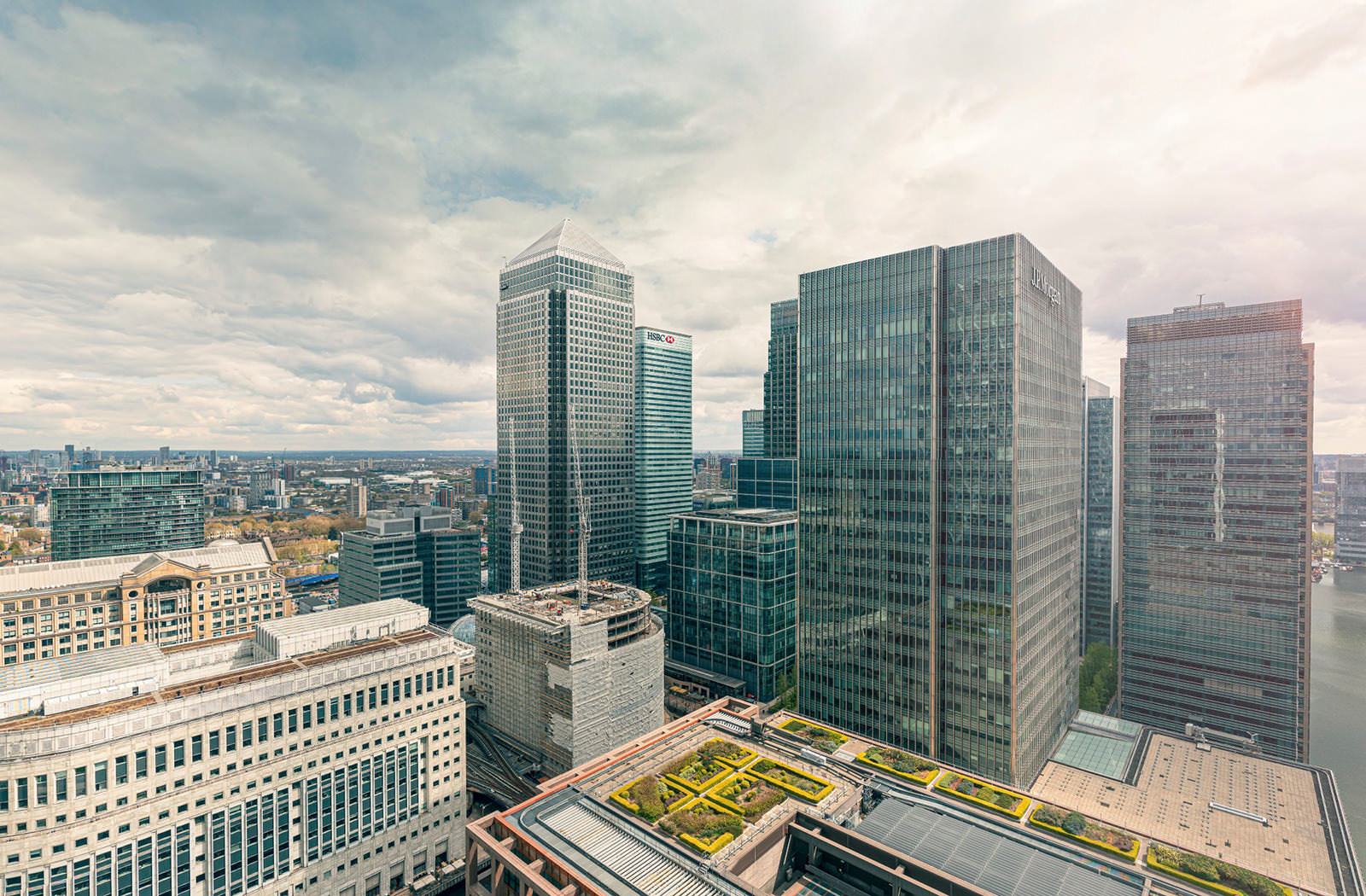How to choose the best virtual tour company in London or the UK?
Search results are peppered with companies claiming to be “the best virtual tour company”; “the UK’s leading virtual tour company” and so on. With so many virtual tour providers claiming to be “the best”, how do you know which one truly delivers? Whatever your project, making the right choice matters. This Q&A guide is designed to help you judge virtual tour companies based on real criteria and not just the marketing fluff!
TL:DR
A virtual tour company that is genuinely providing the best quality interactive virtual tours will typically showcase a portfolio with a good number of high-end clients, have pin-sharp imagery, superb colour representation, a great user experience and shoot in consistently high resolution.
Look for proven experience, image quality and client satisfaction. The best companies combine high-end visuals with a strong understanding of user experience. Also consider who they’ve worked with – trusted and high-end brands rarely settle for second-rate suppliers.
Reputable companies make no secret of how long they’ve been in business. Look up their Companies House listing if they’re UK-based. Longevity often reflects reliability and whether they’ll be around to help with updates to your tour a few years down the line.
A strong client list signals trust and proven results. Look for well-known names, especially brands with a reputation for quality (e.g., luxury real estate, heritage institutions, high-end retailers). Consistent work with respected brands means the company is likely to have met high standards.
Look for a portfolio or testimonials involving brands known for visual standards – Apple, Canon, or Rolls Royce, for example. Projects and clients that show a proven ability to deliver to exacting briefs. Don’t be afraid to ask for specific examples.
Look for high-resolution imagery that doesn’t blur or pixelate when you zoom in. Check for ‘stitching errors’ where parts of the image don’t line up perfectly. Smooth navigation and sharp transitions matter too. Natural lighting, colours that look good but realistic, and signs that care has been taken to make the spaces look their best are indications of a good tour.
Check that the virtual tours are optimised for delivery across all platforms, including mobile devices.
UX isn’t just visual – check how easy it is to navigate. What each client requires from a tour will vary, but check the company’s portfolio to see interactive examples with hotspots, info pop-ups, and any other interactive features that enhance understanding. A good tour should feel intuitive, informative, and engaging.
Yes. The best companies design inclusion in from the start. Be cautious of using “accessibility widgets” alone – these tools often conflict with real users’ own assistive technology.
Look for providers offering bespoke interfaces tailored to your needs – such as clickable hotspots linking products or documents, intro videos, drone panoramas, gigapixels, VR compatibility, and analytics.
– Overuse of buzzwords without proof
– No portfolio or only a few low-quality examples
– A client list that doesn’t include many quality-focused or well-known names as this could signal limited experience with demanding briefs.
– No client reviews or case studies
Conclusion: Choosing Wisely Saves Time and Reputation
Not all virtual tours are created equal – and neither are the companies that create them. Do your research, ask the right questions, and look beyond the headline claims. Whether you’re showcasing a London hotel or a cultural venue, choosing the right provider makes all the difference to the success of your project.
If you’re seeking a highly experienced virtual tour company London organisations trust, Eye Revolution has been creating 360 tours for over two decades, working with clients like the Royal Household, Jaguar Land Rover, TfL, Apple, Canon and the National Gallery.

